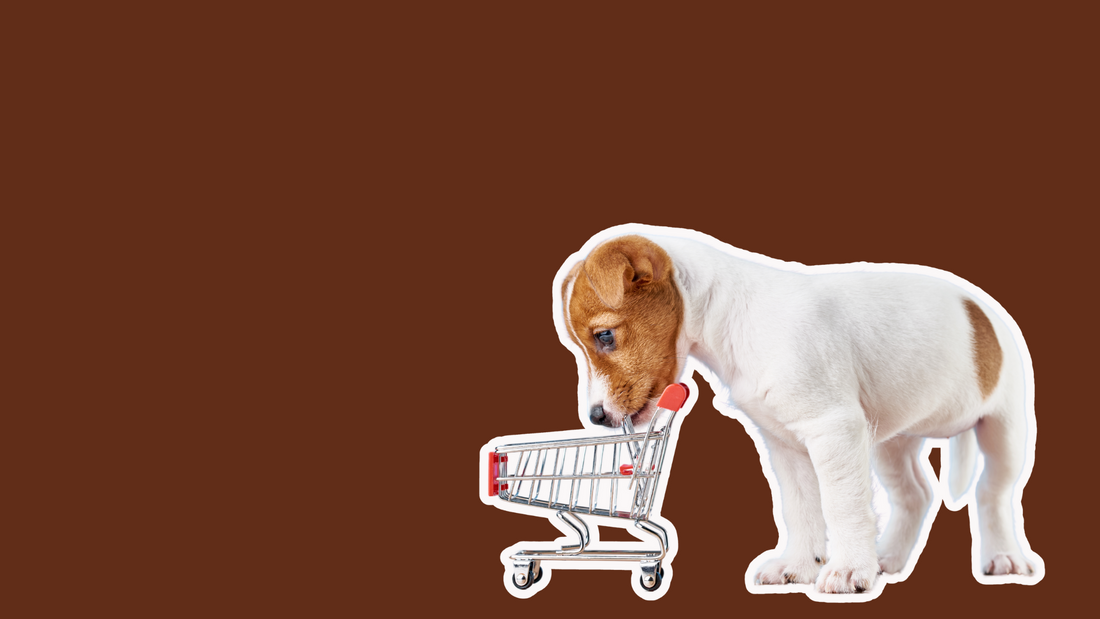
Beyond the Bag: Creative Ways to Reduce Pet Waste (and Why It Matters)
We love our furry friends fiercely, showering them with affection and the best care we can provide. But let's face it, one aspect of pet ownership isn't exactly glamorous: dealing with their waste. While scooping the poop is a routine part of our day, have you ever stopped to consider the bigger picture of pet waste and its environmental impact?
Beyond the convenience of tossing a filled bag into the bin, lies a significant issue. Landfills are already overflowing, and even those "biodegradable" bags don't always break down as quickly as we hope in oxygen-deprived landfill conditions. What's more, pet waste contains bacteria and parasites that can contaminate soil and water sources if not handled properly. And let's not forget the greenhouse gas elephant in the room: decomposing organic matter, including pet waste, releases methane, a potent contributor to climate change.
So, what can we, as responsible pet parents, do to minimize our furry companions' environmental paw print? The good news is that reducing pet waste goes beyond just choosing a different type of bag. Here are some creative and actionable ideas to consider:
1. The Composting Conversation (Do Your Research!):
For the eco-conscious gardener, composting pet waste might seem like a natural solution. However, it's crucial to understand that composting pet waste is different from composting food scraps. Pet waste can contain pathogens harmful to humans, so it requires a dedicated composting system and should never be used on edible gardens.
- Research Local Regulations: Check your local ordinances regarding pet waste disposal and composting. Some areas have specific guidelines or restrictions.
- Dedicated System: If composting is a viable option in your area, set up a separate, well-managed composting system specifically for pet waste. This typically involves a closed bin and a carbon-rich material like sawdust or shredded paper.
- Non-Edible Use Only: Composted pet waste should only be used for non-edible landscaping, like ornamental plants or lawns, and handled with care.
2. Exploring Sustainable Litter Solutions:
Cat owners, in particular, deal with significant amounts of waste. Consider switching to more sustainable litter options:
- Biodegradable Litters: Explore litters made from materials like wood pellets, corn, wheat, or recycled paper. These break down more readily than traditional clay litters.
- Reusables (with caution): Some innovative products, like washable and reusable cat litter box liners, are emerging. Ensure they are thoroughly cleaned and disinfected to prevent odor and bacterial growth.
3. Minimizing Food Waste: A Direct Impact:
The less food your pet wastes, the less waste you'll ultimately have to deal with.
- Proper Storage: Ensure your pet's food is stored correctly to prevent spoilage.
- Accurate Portioning: Feed your pet the appropriate amount to avoid leftovers that end up in the trash.
- Consider Leftovers (Safely): If you prepare your pet's food, research which human food scraps are safe and healthy for them to consume (in moderation, of course!).
4. Seeking Responsible Waste Management Services:
In some areas, specialized services are emerging that offer sustainable pet waste collection and processing. These companies often utilize methods like anaerobic digestion to break down waste and even generate biogas. Research if such services are available in your locality.
5. The Power of Fewer Single-Use Items:
Think beyond just poop bags. Are there other single-use items in your pet care routine you can replace?
- Reusable Training Pads: Opt for washable and reusable training pads instead of disposable ones.
- Durable Toys: Investing in high-quality, long-lasting toys reduces the frequency of disposal.
- Reusable Grooming Wipes: Consider washable cloths instead of single-use wipes for quick clean-ups.
Reducing our pets' waste is a journey, and every small step we take makes a difference. By exploring these creative alternatives and understanding the environmental impact of our choices, we can be more responsible pet parents and contribute to a healthier planet for all creatures, big and small.
